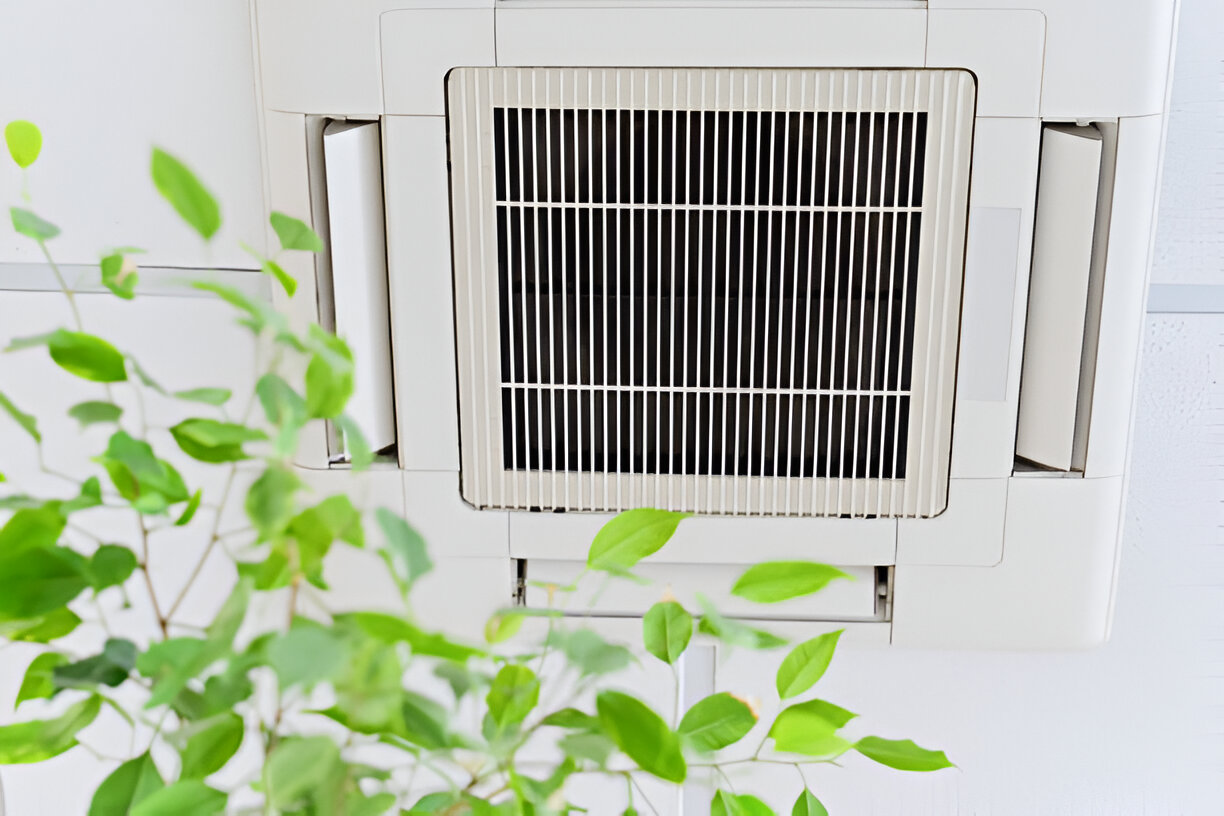Indoor air quality plays an essential role in shaping the environment of commercial spaces. When people spend long hours inside buildings, the air they breathe influences their comfort and well-being. Maintaining a clean, dry, and properly ventilated interior helps support a consistent indoor atmosphere that aligns with the needs of daily operations.
Moisture control is a key factor affecting indoor environments. Commercial waterproofing protects structures from the unwanted presence of water, which often finds its way through cracks, leaks, or poorly sealed surfaces. This added layer of defense helps reduce moisture-related concerns that could impact the condition of the air inside commercial buildings.
Limiting Moisture to Maintain Air Balance
Moisture is one of the main elements that can disrupt indoor air balance. In spaces where water is allowed to linger, the air often becomes heavy, damp, and uncomfortable. Walls, floors, and ceilings may gradually trap humidity, changing the feel and freshness of the indoor environment over time.
Proper sealing and water resistance measures help block the points where excess dampness tends to enter. This maintains the interior’s dryness and supports the air condition by reducing the chances of trapped humidity. With fewer wet spots within a structure, the indoor air remains clearer and more balanced.
Preserving Building Materials and Structural Layers
The materials used in commercial construction often respond directly to their surroundings. Elements like wood, drywall, and insulation can shift or break down when moisture becomes part of their surface or inner layers. Over time, this can influence how well these components hold up and perform.
A structure that includes protective layers against water helps keep its materials in good form. This consistent condition helps limit irregularities in temperature, airflow, and insulation, which in turn supports the indoor air’s stability. When building components stay in shape, the internal environment functions more predictably.
Blocking Out Airborne Irritants and Unpleasant Smells
Certain areas inside commercial buildings can develop changes in air texture due to moisture. Over time, even well-maintained spaces can begin to exhibit subtle shifts in scent, especially in enclosed zones. These conditions often alter the experience for people working or visiting the space, even if the changes aren’t immediately visible.
Effective moisture control helps:
- Reduces musty or damp odors that may linger in corners or enclosed spaces
- Keeps commonly used surfaces free from moisture buildup
- Minimizes floating particles that affect air freshness
- Maintains even temperature and ventilation across rooms
Supporting Air Movement Across All Sections
In any commercial environment, steady airflow matters. Spaces with better ventilation are often easier to manage in terms of temperature and freshness. When areas are sealed against outside elements, the natural circulation inside remains smooth and consistent.
This smooth air movement adds to the air experience. Even in larger spaces, each section receives a fair level of ventilation. The interior stays more unified, without pockets of dampness or inconsistent airflow that often affect comfort.
Choosing the Right Approach for Long-Term Indoor Quality
Maintaining a healthy interior in commercial buildings involves using dependable techniques that address moisture from the ground up. The most effective results usually come from solutions tailored to the space’s specific structure, layout, and function. Some platforms offer insight into proven waterproofing practices, helping property owners explore options that fit their long-term goals. With guidance on methods suited for different types of commercial environments, these resources can support better choices that help preserve the building and the quality of air inside.
Commercial waterproofing strengthens the interior setting by preventing moisture from changing the air inside. Structures that include protective sealing often maintain a steady indoor environment where the air feels clean, clear, and evenly circulated. It’s a smart investment for any building focused on health and longevity.
In addition to waterproofing, another effective method to improve indoor air quality is through professional crawlspace encapsulation in Pink Hill, NC. This process involves sealing the crawlspace to prevent moisture intrusion, which can lead to mold growth and poor air quality. By creating a barrier against external elements, encapsulation not only protects the structural integrity of the building but also ensures a healthier environment for occupants. This proactive approach is essential for maintaining optimal air quality, especially in commercial spaces where air circulation and cleanliness are paramount.




